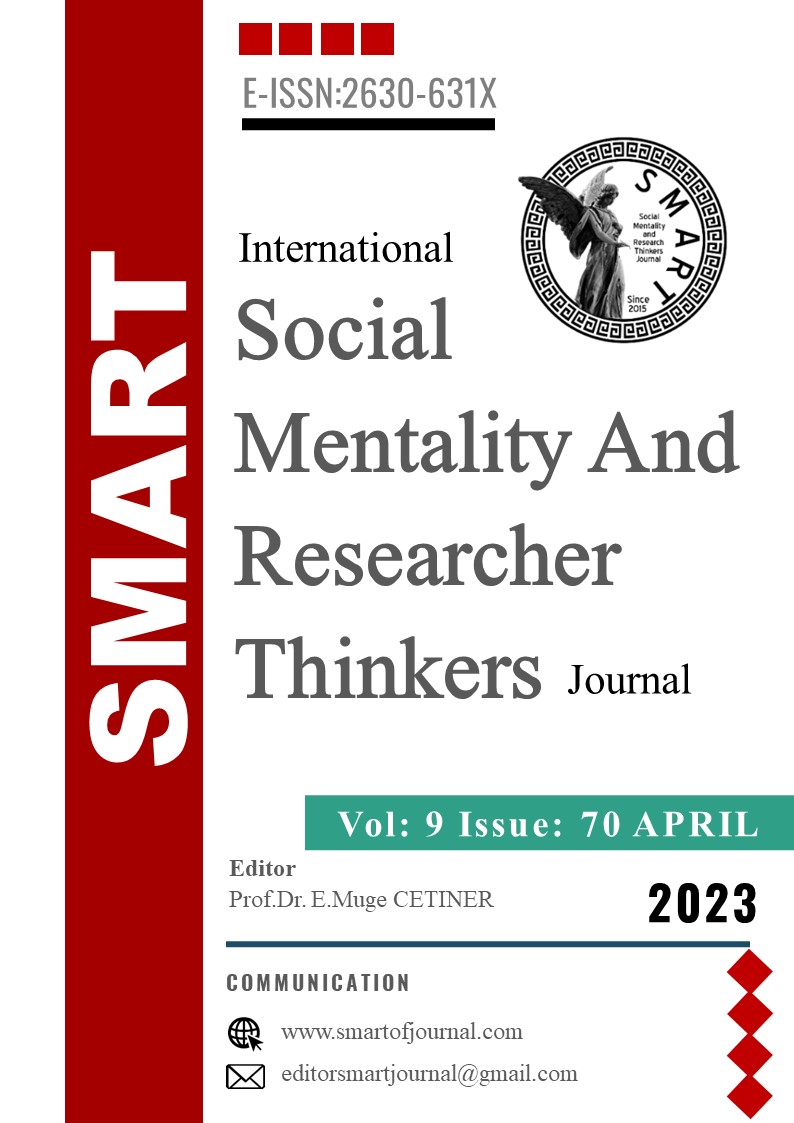Author :
Abstract
Finansal sistemin işleyişinde oldukça önemli unsurlardan olan bankacılık sektörü, sahip olduğu finansal aracılık rolü ile ülke ekonomilerinin işleyişinde büyük öneme sahiptir. Bankacılık sektörü faaliyetlerini sürdürürken yapısı gereği birçok riske maruz kalmaktadır. Bu risklerden birisi de likidite riskidir. Basel III uzlaşısı, bankaların likidite yönetim süreçlerinde yeni standartlar oluşturmayı amaçlamıştır. Bu çalışmanın amacı, Türk bankacılık sektörünün sahip olduğu likidite riskinin bankacılık sektörüne özgü (içsel) ve makroekonomik sebeplerden kaynaklı (dışsal) faktörlerini tespit etmektir. Bu amaçla oluşturulan likidite riski modelinde, bağımlı değişken olarak Likit varlıklar / Toplam aktifler, bağımsız değişkenler olarak ise; Takipteki krediler / Toplam kullandırılan nakdi krediler, Nakdi olarak kullandırılan krediler / Toplam mevduat, Aktif kârlılık oranı, Merkez Bankası politika faizi, Tüketici fiyat endeksi ve Gayri safi yurt içi hasıla kullanılmıştır. Çalışmanın verileri 2011/Q1–2022/Q3 dönemini kapsamakta ve 47 çeyrek dönemlik bir veri setinden oluşmaktadır. Modelin tahmininde zaman serisi en küçük kareler tahmincisinden yararlanılmıştır. Analiz sonucunda, likidite riski ile tüm bağımsız değişkenler arasında istatistiki olarak anlamlı ilişki tespit edilmiştir. Bankacılık sektöründe likidite riskini Takipteki krediler / Toplam kullandırılan nakdi krediler ve Nakdi olarak kullandırılan krediler / Toplam mevduat değişkenlerinin artırdığı, Aktif kârlılık oranı, Merkez Bankası politika faizi, Tüketici fiyat endeksi ve Gayri safi yurt içi hasılanın ise azalttığı sonucuna ulaşılmıştır.
Keywords
Abstract
The banking sector, which is one of the most important elements in the functioning of the financial system, has a great importance in the functioning of the country's economies with its financial intermediary role. While the banking sector continues its activities, it is exposed to many risks due to its structure. One of these risks is liquidity risk. The Basel III accord aimed to set new standards in the liquidity management processes of banks. The aim of this study is to determine the banking sector-specific (internal) and macroeconomic (external) factors of the liquidity risk of the Turkish banking sector. In the liquidity risk model created for this purpose, the dependent variable is Liquid assets / Total assets, and the independent variables are; Non-performing loans / Total cash loans, Cash loans / Total deposits, Return on asset, Central Bank policy rate, Consumer price index and Gross domestic product are used. The data of the study covers the period of 2011/Q1–2022/Q3 and consists of a data set of 47 quarters. The time series rrdinary least squares estimator was used to estimate the model. As a result of the analysis, a statistically significant relationship was found between liquidity risk and all independent variables. It has been concluded that the liquidity risk in the banking sector is increased by Non-performing loans / Total cash loans and loans in cash / Total deposit variables, while the return on assets ratio, the Central Bank policy rate, the consumer price index and the gross domestic product decrease.
